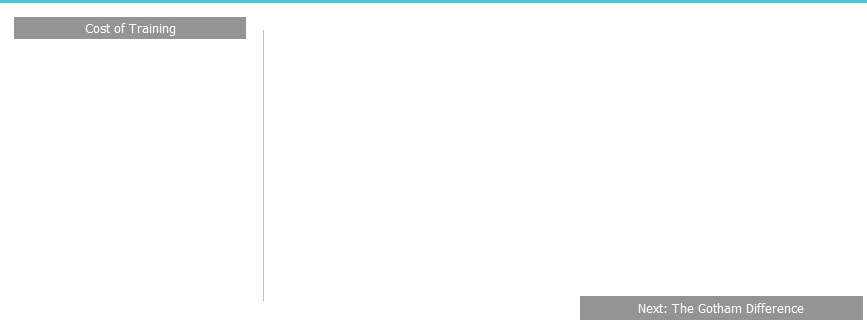


There's an old adage: "If you have to ask the price, you can't afford it". While flying is not a
cheap activity, the adage does not really apply.
The regulations generally require 40 hours of instruction, of which at least 20 will be dual instruction, that is with an instructor. More typical would be 60 hours with somewhere over 40 dual (even more in the NYC area, unfortunately).
With a rate of $140/hr for the airplane (wet) and instructors charging somewhere in the range of $55/hr, a course of 60 hours total with 40 of instructor will total $10,600 for the flying, not including books, materials, ground school or test fees.
How does a student reduce this?
Either go somewhere cheaper for your flying or get closer to 40 hours. The two best tips are:
The regulations generally require 40 hours of instruction, of which at least 20 will be dual instruction, that is with an instructor. More typical would be 60 hours with somewhere over 40 dual (even more in the NYC area, unfortunately).
With a rate of $140/hr for the airplane (wet) and instructors charging somewhere in the range of $55/hr, a course of 60 hours total with 40 of instructor will total $10,600 for the flying, not including books, materials, ground school or test fees.
How does a student reduce this?
Either go somewhere cheaper for your flying or get closer to 40 hours. The two best tips are:
• Be prepared for each flight. The more you understand about the maneuvers you will
perform and flying in general, the better your initial performance will be. Students should
understand that the cockpit is a poor classroom--it's noisy, smelly, frequently uncomfortable, and
expensive. Repeat this mantra over and over: Learn on the ground and practice in the air
• Fly often. The longer the interval between flights, the more time you will spend re-learning the lessons. This is one reason why intensive training is so effective
• Fly often. The longer the interval between flights, the more time you will spend re-learning the lessons. This is one reason why intensive training is so effective

GOTHAM GROUND TRAINING
Aviation Ground School in your backyard...
(when your backyard is Central Park)
(when your backyard is Central Park)
All content copyright 2012 © Gotham Ground Training. Other content used under license or with permission | All Rights Reserved
Did you know?...
How is airplane rental time quoted? Wet rates include fuel. With fuel prices of over $7/gallon for 100LL aviation gasoline, this can be a major expense. Dry rates exclude fuel, and you will be expected to pay for fuel separately. Hobbs rates are charged based on a clock that counts running time of the engine. Tach rates are charged based on the tachometer, which measures engine revolutions with a calibration so that an hour at cruise = 1 hour charged
How is airplane rental time quoted? Wet rates include fuel. With fuel prices of over $7/gallon for 100LL aviation gasoline, this can be a major expense. Dry rates exclude fuel, and you will be expected to pay for fuel separately. Hobbs rates are charged based on a clock that counts running time of the engine. Tach rates are charged based on the tachometer, which measures engine revolutions with a calibration so that an hour at cruise = 1 hour charged
